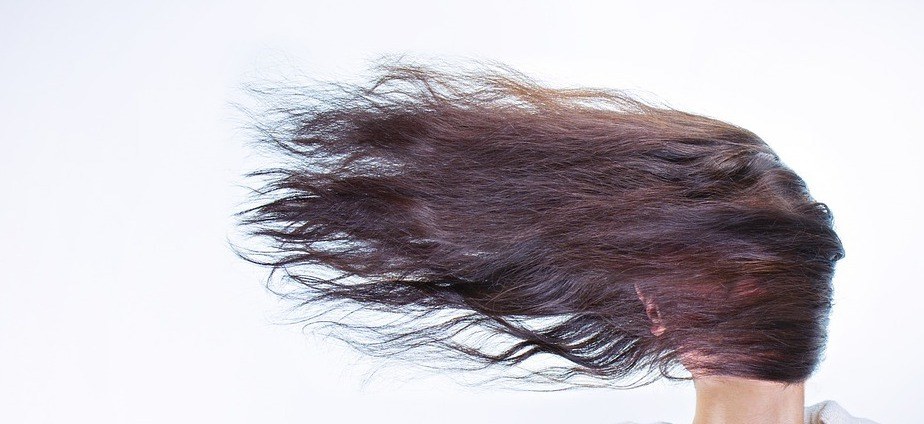Hirsutism or Hypertrichosis?

While both of these medical conditions result in excess hair growth on a person’s body, there are key and very distinct differences between them. In this post, we explore both Hirsutism and Hypertrichosis in more detail to give you a definitive explanation of both.
What is the Difference Between Hirsutism and Hypertrichosis?
Hirsutism is the growth of excess hair in women, children, and men. This hair growth will usually occur in specific areas of the body, such as on the face, the chest, the back, the genital region, and the thighs. Whereas, Hypertrichosis is excess hair growth above and beyond the normal realms for the race, sex, and age of a person. This hair growth can develop across the entire body or is might be found in small isolated patches.
What Causes Hirsutism?
There are many known causes of Hirsutism. In this section, we talk about the most common reasons behind the development of Hirsutism in more detail.
1. Polycystic Ovarian Syndrome
Also known as PCOS, this condition is one of the most commonly known causes of Hirsutism in women. 70 – 80% of women with PCOS experience hirsutism. With PCOS, the hormones in a person’s body not balanced correctly, and there is a presence of too many androgens such as testosterone. The symptoms of PCOS include irregular periods, difficulties to conceive, acne, weight gain, anxiety and depression.
2. Cushing’s Syndrome
Cushing’s Syndrome will usually occur when a person’s body is overexposed to a hormone known as cortisol. The adrenal glands in the body could be responsible for producing too much cortisol, or it might also develop by taking certain medications, such as prednisone over an extended period of time.
3. Side-Effects of Medication
There are different types of medication that can cause Hirsutism as a side effect. Some of these include anabolic steroids, Prozac, and Danazol. To learn more, click here.
4. Ovarian Tumors
While very rare, the development of a tumor that secrets androgens in either the adrenal glands or the ovaries can lead to a person developing Hirsutism.
5. Congenital Adrenal Hyperplasia
This condition is hereditary and is typically characterized by the irregular and abnormal production of androgens and cortisol, which are types of steroid hormones that are created by a person’s adrenal glands.
In some cases, it is possible for a person to develop Hirsutism without there being any known or identifiable cause (also called Idiopathic Hirsutism). While it can occur in any person or any age, it is often found in women who are of a South Asian, Mediterranean, or Middle Eastern Origin.
What Causes Hypertrichosis?
Hypertrichosis is a very rarely diagnosed disorder that has the capacity to impact a person’s entire body. It is also commonly referred to as the Werewolf Syndrome, and it can alter greatly in its severity from one person to the next. While it is often confused with Hirsutism, it is far rarer and will typically affect different areas on a person’s body.
There are lots of theories that have been developed over the years in order to explain the causes of this condition. There are also different types of hypertrichosis, and establishing the specific subcategory of the condition is important when looking at what could be the cause of the individual case.
Congenital Hypertrichosis is thought to run in families and it notoriously characterized by genes which are responsible for the stimulation of hair growth, and which have become irregularly active. In almost all cases, the genes which had caused hair to grow all over a human’s body in order to keep them warm are no longer active, as there is no longer a need to use hair to heat the body. There is no known cure for people who have congenital hypertrichosis. This type of Hypertrichosis will be present from birth and in total, there have been less than 100 known cases of this type of condition in the modern-day.
Acquired Hypertrichosis will usually develop later on in life for most people. There are a wide range of known causes for this particular subcategory of the condition. This can either cover one area of a person’s before, or it can be body-wide.
- Eating a poor diet
- Eating disorders, such as anorexia nervosa
- Malnutrition
- Medications, such as drugs which can stimulate hair growth, androgenic steroids, and immunosuppressants.
- Cell mutations
- Cancer
- Porphyria Cutanea Tarda
- Infectious skin diseases
- Autoimmune conditions
If Hypertrichosis is only apparent in specific areas or patches on the body, it could potentially be caused by chronic skin conditions. One example of such a condition is known as Lichen Simplex; a condition that presents with itchiness repeated skin rashes, and an urge to constantly scratch the affected area/s. Aside from this, if there is an elevated supply of blood in one particular region of a person’s body, it could be a trigger to the condition. Finally, if a person has a temporary bout of hypertrichosis, and they have been wearing a plaster cast, for instance on one of their limbs, this has also been found in the past to cause this condition to thrive in the covered area.
As you can see, there are significant differences between both Hirsutism and Hypertrichosis. While both of these medical conditions involve the growth of excess hair on a person’s body; the areas of the hair growth, the severity of the hair growth, and the causes of the excess hair growth can help you to more clearly understand and differentiate the conditions. Speak to your doctor if you are experiencing excess hair growth, as they can identify the underlying cause and discuss treatment options with you.
References:
Hirsutism and Hypertrichosis: https://medskl.com/module/index/hirsutism-and-hypertrichosis
